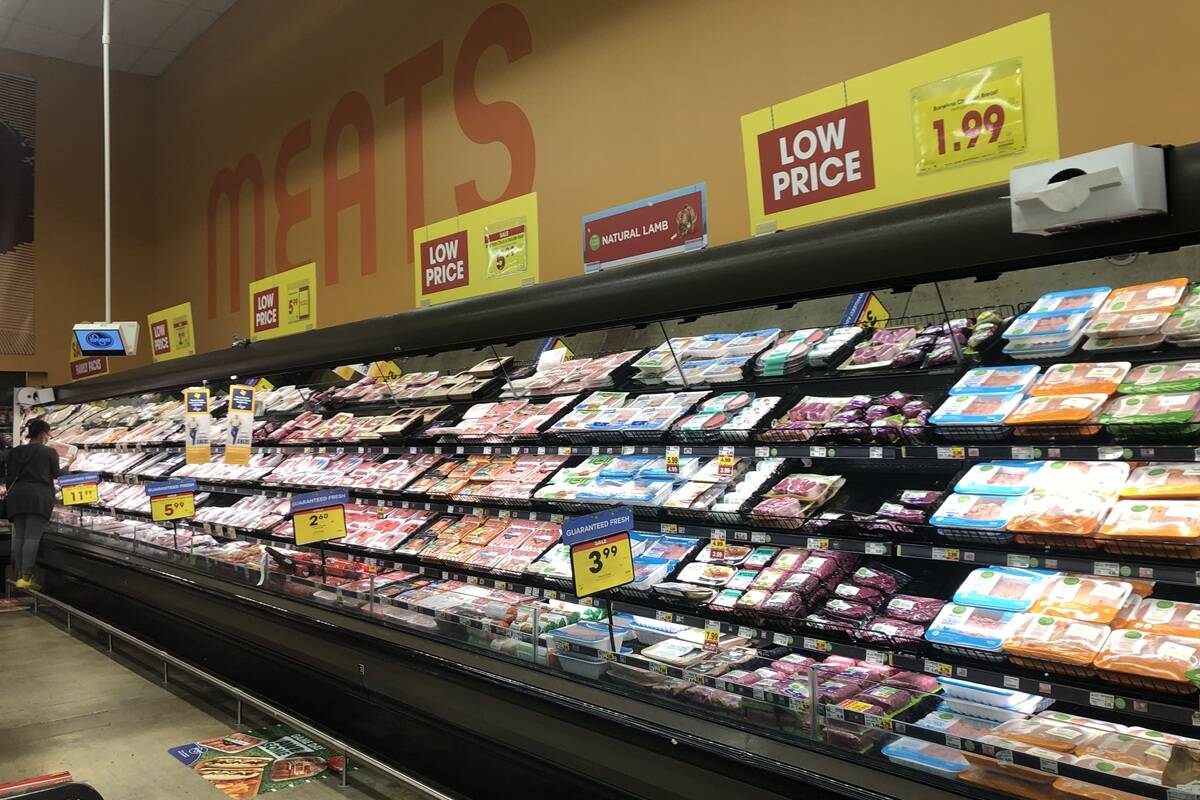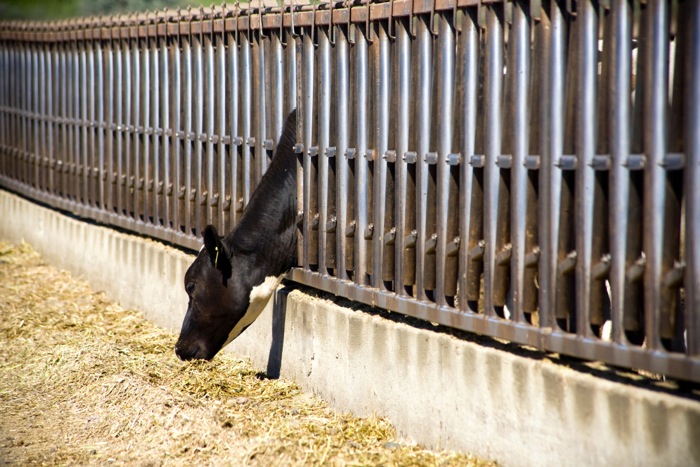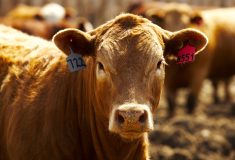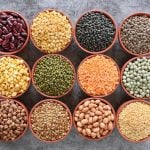You don’t have to be an economist to know when there is a tipping point in the balance between supply and demand. That point has come for the U.S. beef industry. Years of shrinking herds mean demand is outstripping the supply of cattle and beef. The result was a contra-seasonal, late-spring rally in feeder cattle prices (to record highs) and in live cattle prices. Retail beef prices meanwhile continue to set new records each month.
The good news is that cow-calf producers are enjoying excellent returns to make up for the challenges of battling drought for the last four years. The bad news is that the record feeder prices are causing these same producers to keep sending heifers to market rather than retaining them for breeding. Heifers from January through May made up 53 per cent of all steer and heifer feedlot placements in the U.S., versus 52 per cent in 2013 and 50.1 per cent in 2012.
Read Also

U.S beef industry faces demand risks and disease dangers
High beef prices and New World screwworm threaten beef demand and cattle health in the U.S.
Expansion of the beef herd will thus be delayed at least another year. Even if 2015 sees the start of herd rebuilding, the market won’t see more cattle until late 2016 at the earliest. The feeder cattle supply will continue to shrink until then, as more heifer retention will mean even fewer cattle for feeding and harvesting. Feedlots’ and fed beef processors’ ability to run their operations profitably will be even more severely tested. More feedlots will close and two or three beef-processing plants will struggle to remain open.
- More ‘Prime Cuts’ with Steve Kay: COOL’s legal turn
Who will best weather this storm will be due to location, size and deep pockets. Southern Plains feedlots and plants appear more vulnerable than those up north because Texas beef cow numbers have fallen so much. Nebraska is now just ahead of Texas in the number of cattle on feed. It had four per cent more cattle on feed May 1 than a year earlier. Iowa, South Dakota and Minnesota also reported larger numbers. Conversely, Texas’s COF total was down four per cent and Kansas’s was down three per cent.
Southern Plains feedlots however, are mostly large, efficient and well capitalized. Some of the largest operations helped develop the modern cattle-feeding industry there. They have survived 40 to 50 years due to their strengths and abilities. The same goes for the beef companies that operate in the region. Cargill early last year closed its large Plainview, Texas plant. That might have taken out enough processing capacity to allow other plants to remain open until cattle numbers increase again.
Feedlots up north, especially in the Corn Belt, are attracting more cattle in part because of lower feed costs and better costs of gain than down south. They have also become more professional in offering customers a wide range of services. Feedlots also have more buyers for their cattle. The four largest packers, plus two or three strong regional players, all bid on Corn Belt cattle. A brand-new player, Iowa Premium Beef, is due to start operations in November in a refurbished plant in Tama, Iowa. Iowa cattle feeders can’t wait.
Another Corn Belt strength is that feedlots under 1,000 head of capacity still proliferate. These lots produce many of the highest-quality cattle in the U.S. in terms of grade. That’s why grading percentages are so much higher than down south. Small lots can also produce small batches of cattle for specialty beef programs. This also means beef plants up north probably have better operating margins than those down south.
Beef’s biggest challenge though is how consumers respond to ongoing record prices. Their response so far this year has been positive. Everyone in the industry is hoping the desire for beef will offset even more sticker shock in the grocery store.
















